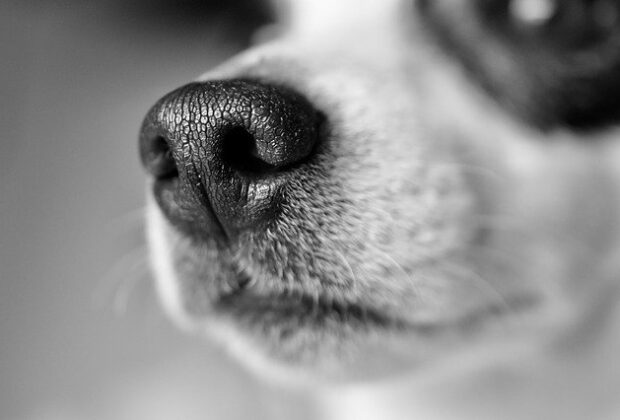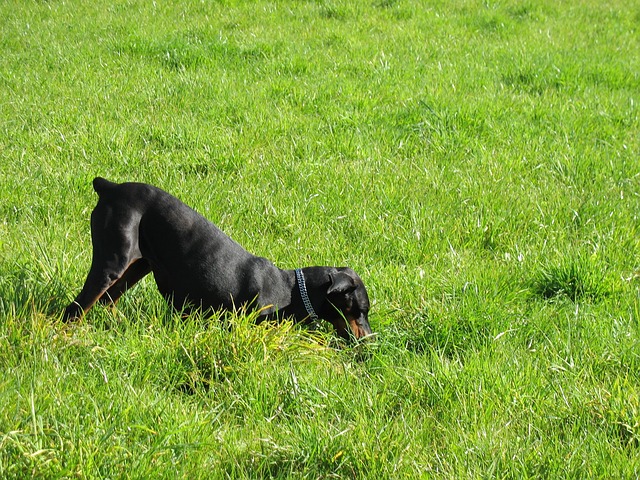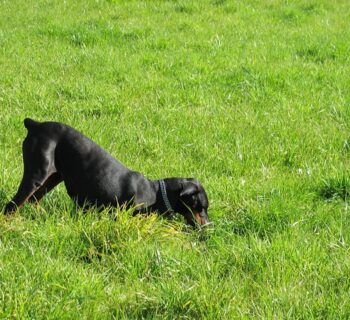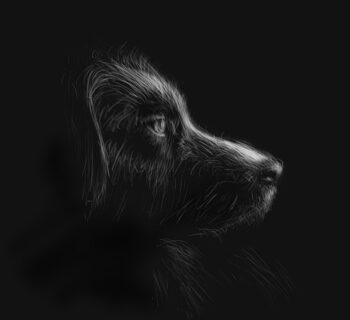Whiskers! Dogs have them just like many other mammals, and like many things about our canines, we may have wondered why they have them. What do dog whiskers do? What difference would it make if you cut off your dog’s whiskers? Do all dogs have whiskers?
We’ll discuss all of these and more in this article about dog whiskers. You can also ask other questions you have about dog whiskers in the comment section below, and we’ll be sure to answer them.
Table of Contents
What Are Whiskers?
Whiskers, also known as vibrissae, are the coarse, long, scanty hairs growing out of a dog’s jaw, muzzle, and above its eyes. At the base of these whiskers lies plenty of nerves or receptors that are known to send sensory messages about the shape, size, speed, and other details about nearby objects to the canine’s brain. By feeling vibrations, even the most subtle ones, in air currents through their whiskers, dogs are generally able to be aware and cautious of danger.
Dogs are not the only animals known to use their whiskers for survival. Many other mammals, especially smaller ones such as seals and rats, use their whiskers for the same purpose.
What Whiskers Do
Whiskers have many uses for dogs. Unlike many other animals, our canines do not have good eyesight. Hence, their whiskers are relied on to find small objects or things nearby successfully. Through their whiskers, dogs can receive vital signals from the bunch of nerves at the base of the whiskers.
Whiskers around the eyes also protect them from potential harm. When dogs’ whiskers touch things, it prompts them to blink, protecting the eyes from things like dirt and twigs.
Whiskers help dogs gauge the speed, size, and shape of objects keeping them out of harm’s way, especially in dark rooms and small spaces.
Whiskers help canines become good hunters as they are better able to pick up on moving objects. During hunting, the dog's whiskers pick up moving objects as the air bounces back when the object moves. This helps the dog determine the prey's size, shape, and speed. Healthy whiskers combined with a canine's excellent sense of smell are key reasons dogs can hunt well.
Whiskers are essential for body language as they are one-way dogs express how they feel at a particular time. When threatened/frightened, dogs instinctively flare and point their whiskers forward, altering their body language. The behavior, in turn, lets bigger/more dominant dogs know that they are unhappy or feel threatened, protecting them from further attacks.
Should I Cut My Dog’s Whiskers?
Dog whiskers have many uses, many of which were discussed above, which is why many dog experts advise against cutting off canine or any other pet’s whiskers unless recommended by a vet.
While some dog groomers believe whisker removal makes a dog better-looking, many think it is an entirely terrible idea, and we think so too. Even though the whiskers are completely free of pain receptors and do not hurt the dog when cut off, removal can affect the dog in many other obvious ways. Thankfully, however, they grow back, so you do not have to worry about it if a groomer has already trimmed your canine’s whiskers without requesting your permission to do so.
How to Care for a Dog’s Whiskers
Although whiskers can sometimes grow “disproportionately” (all over a canine’s face), it is still not enough reason to cut it off or have a groomer do so. Many experts recommend letting it be instead of deciding to care “specially” for it by trimming or snipping them off. So, while you can bathe/groom your dog as regularly as you think it needs it, let the whiskers be. Wash and keep it clean just like you would any other part of its body, and your dog should have no problem. Like other types of hair, whiskers shed and grow back, and this is entirely normal.
What Do Whiskers Do? Conclusion
Like their humans and many other animals, dogs have body parts/features that do not seem to serve any purpose but have been found to be highly beneficial on closer look/through studies. In this case, it is the whiskers, and here, we discussed dog whiskers, what dog whiskers are for dogs, why you should not remove them, and other details we think you may find helpful. If you are considering trimming your dog’s whiskers or just curious about their purpose, we hope this article helps you understand them better and also helps you and others around your pet appreciate them.
About the Author
Kirsten Heggarty
Kirsten created The Pet Handbook with the aim of sharing her knowledge about pets, pet food, healthy habits, and more. All of her advice is based on years of her own experience with her pets, and feedback that she has received from grateful readers about her tips. If you want to know more please read the About Me page.









